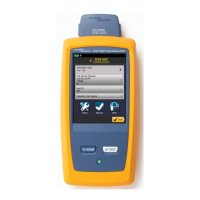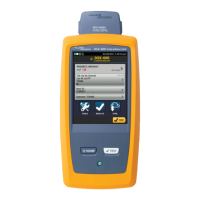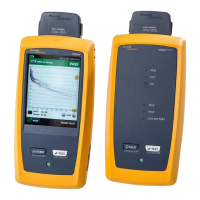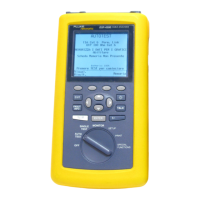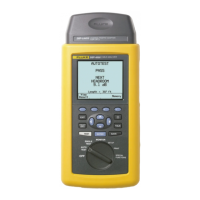DSX-600 CableAnalyzer
Technical Reference Handbook
168
You cannot use “a” in the First ID and “D” in the same
position in the Last ID. Both letters must be upper-case or
lower-case.
Do not use the characters / # * - . , : [ ], a space, or accented
characters as characters to increment. You can use these
characters in IDs, but they must be the same characters in the
First and Last IDs.
Characters in the First ID cannot be higher in their sequence
than the related character in the Last ID. For example, you
cannot use 2C as the First ID and 5A as the Last ID.
IDs cannot have more than 60 characters.
About Next ID Sets
Next ID sets have one ID that the tester increments each time you
do a test. To make a Next ID set, do not enter a Last ID when you
make an ID set.
Numbers increment sequentially:
1, 2, 3, 4, 5, 6, 7, 8, 9, 10, 11, 12, ... 99, 100, 101...
Letters increment through the English alphabet:
A, B, C, D, ... Z, AA, AB, AC, AD, ... AZ, BA, BB, BC...
Numbers and letters do not cause each other to increment:
1Y, 1Z, 1AA, 1AB, ... 1ZZ, 1AAA, 1AAB...
The tester does not increment symbols or accented characters.
When you use a Next ID set, the set under IDs Untested on the
CHANGE ID screen shows only the next ID. To save the next test
with a different ID, tap the Next ID: panel, then enter a different
ID.
Each project can have one Next ID set.
If your project has only a Next ID set, the tester cannot calculate
the percentage of the project that is completed, so the % Tested
value does not show on the home screen.
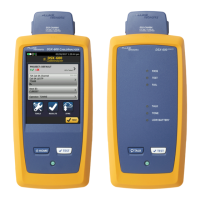
